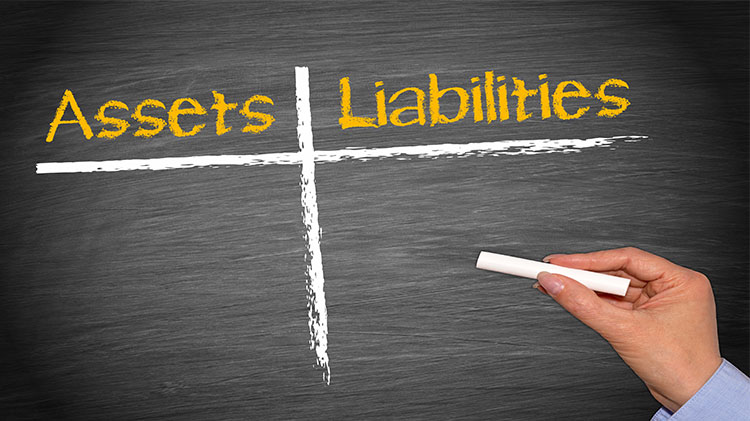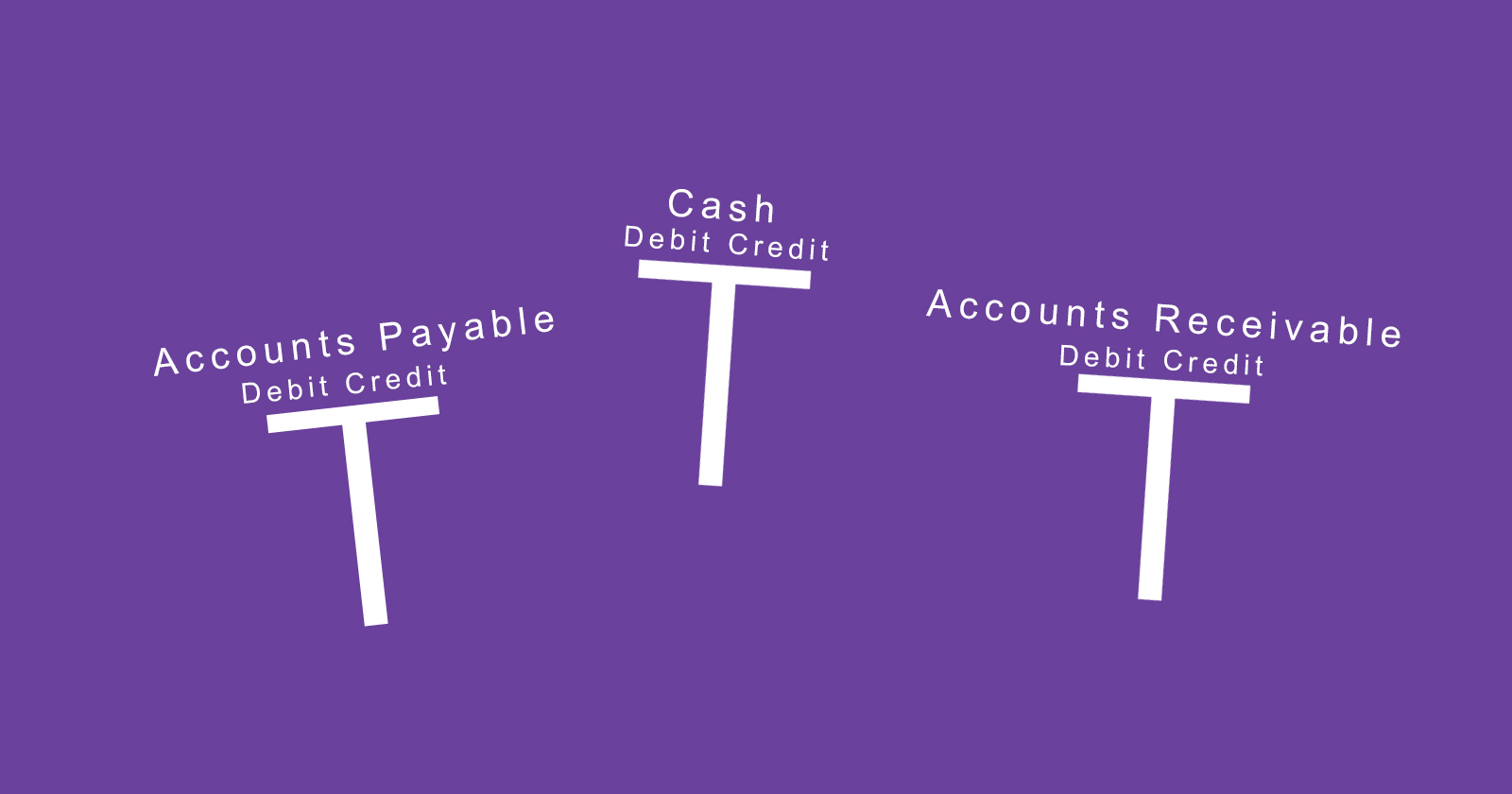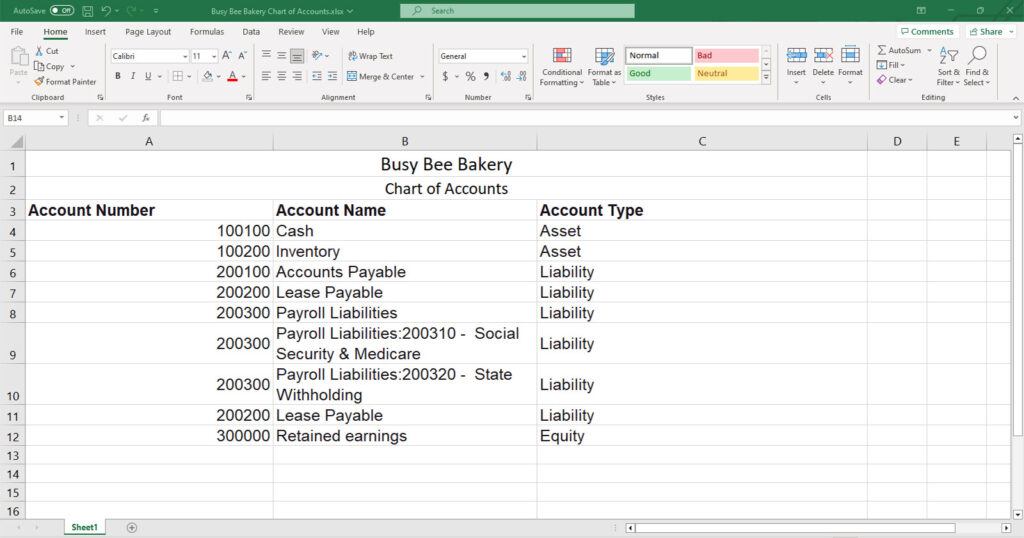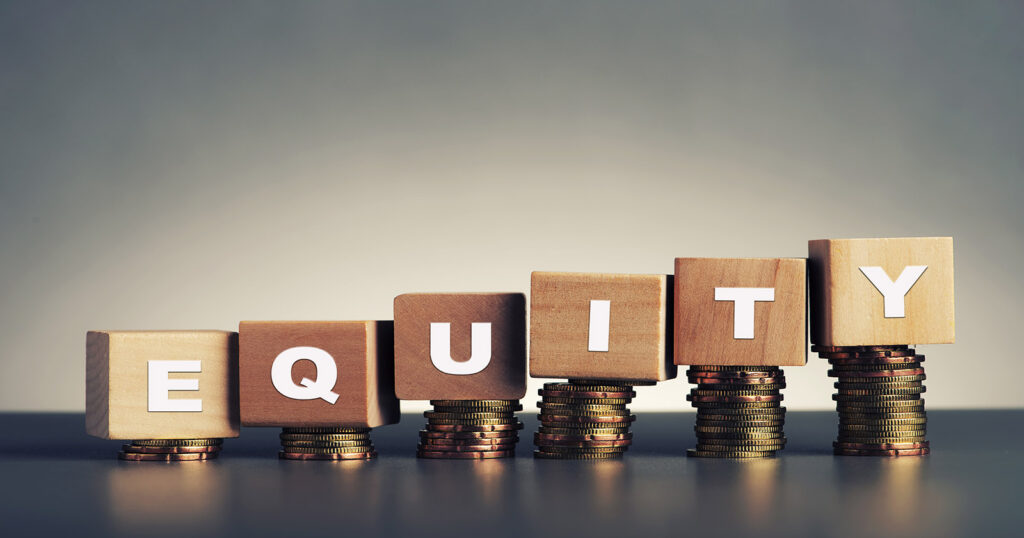We’ve covered debits, credits, the basic accounting equation and accounts but we need to go further into accounts. In accounting, it is essential to understand the normal balance of an account to correctly record and track financial transactions. An account’s normal balance is the side of the account that increases when a transaction is recorded. Knowing the normal balance of an account helps maintain accurate financial records, prepare financial statements, and identify errors in the accounting system.
Types of Accounts in Accounting (Quick Recap)
Before diving into the normal balance of an account, it is essential to understand the types of accounts used in accounting. There are five types of accounts. We’ve covered these in our prior lessons but we need to keep drilling these into your knowledge if you are just starting out. Feel free to skip over if you’ve mastered them.
Assets: Assets are resources owned by a company that have monetary value and can generate future economic benefits.
Liabilities: Liabilities are obligations a company owes to another party, such as loans and accounts payable
Equity: Equity represents the residual interest in the assets of a company after deducting its liabilities. Equity includes common stock, retained earnings, and other comprehensive income. This is everything left over to the business owners or shareholders.
Revenues: Revenues are income earned by a company through the sale of goods or services.
Expenses: Expenses are costs incurred by a company in the course of its operations.
The Normal Balance of an Account
The normal balance of an account is the side of the account that increases when a transaction is recorded. You might want to keep this handy and refer back to it until you have these memorized. Remember the DEALER phonemic can help The following are the normal balances of each type of account:
| Account Classification | Sub Account | Normal Balance |
| Assets | Debit | |
| Cash | Debit | |
| Inventory | Debit | |
| Accounts Receivables | Debit | |
| Investments | Debit | |
| Liabilities | Credit | |
| Accounts Payable | Credit | |
| Loans Payable | Credit | |
| Taxes Payable | Credit | |
| Equity | Credit | |
| Owner’s Equity | Credit | |
| Stockholder’s Equity | Credit | |
| Revenue or Income | Credit | |
| Expenses | Credit | |
| Gains | Credit | |
| Losses | Debit | |
| Owner’s Draw | Debit | |
| Contra Asset | Credit | |
| Contra Liability | Debit |
Let’s Walkthrough Some Examples on Normal Balances of Accounts

Example #1
A business, Ed’s E-commerce sells computers. He has $30,000 sitting in inventory and buys another 5 computers worth $10,000. Assume he bought the computers with cash and his starting cash account had $25,000 in it.
Example #2
Ed then sells a $2,000 computer on his Shopify store online. Ed allows the commercial client to pay within 30 days after he invoices them.
Example #3
The end of the month rolls around and a bill comes in for running Ed’s online store. The cost is $50 a month for the online store.
Wrapping Up: The Normal Balance of an Accounts
Understanding the normal balance of an account is essential for maintaining accurate financial records and preparing financial statements. It helps identify errors in the accounting system and ensures that financial transactions are recorded correctly. Knowing the normal balance of an account helps you understand how to increase and decrease accounts. Next, we’ll move on to adjusting these accounts with journal entries.





